St. Paul Increases Affordable Housing Through Zoning Overhaul
The St. Paul City Council recently voted to overhaul the city's zoning code, earning St. Paul the distinction of being one of the few cities in the...
3 min read
 Julia Hobart
:
11:35 AM on January 8, 2020
Julia Hobart
:
11:35 AM on January 8, 2020
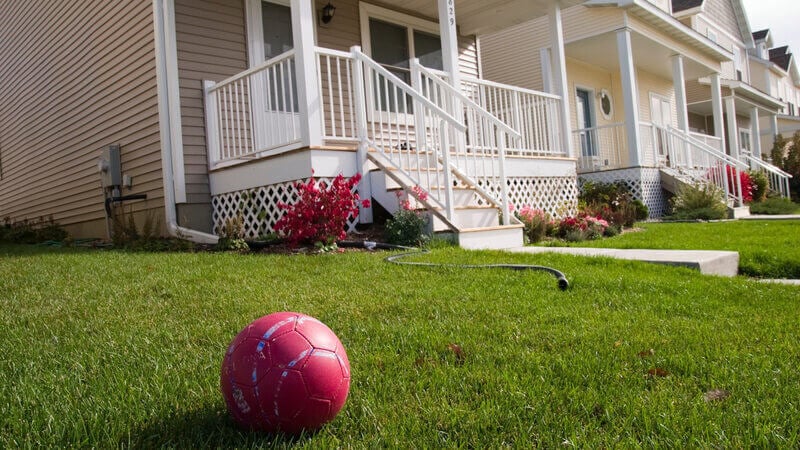
Twin Cities Habitat for Humanity supports Cost of Home, a national campaign to increase housing affordability for ten million people in the next five years. Led by Habitat for Humanity International, the Cost of Home campaign has a policy platform of four essential goals.
Today, we’ll look at the second priority. Take a peek at our recent blog on increasing supply and preservation, and keep an eye out for blogs on the final two priorities.
Let’s start with the basics! When we hear people talk about land use in the context of affordable housing, they are often referring to municipal land use. Generally, cities have three main tools for managing land use. The comprehensive plan maps out a city’s values, priorities, and goals for development, and establishes a framework and justification for future city ordinances. Zoning ordinances allow cities to establish various categories of land, called zones, and then regulate land use according to that classification. And the third main tool is subdivision ordinances—we’ll save that for another day.
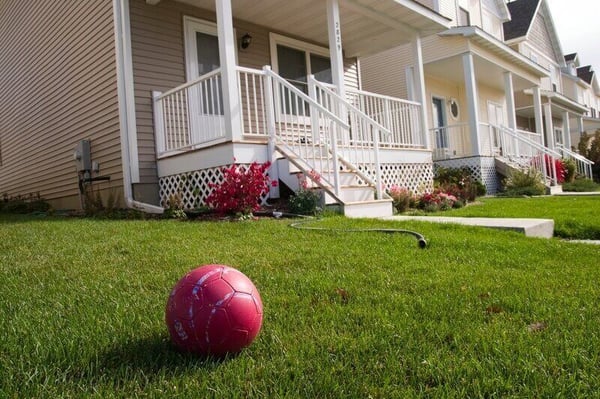
While zoning can be an important tool for preserving the safety, beauty, and usability of cities, it can also stymie housing solutions that work. For example, until recently, many cities regulated the number of dwellings that could exist on one residential lot. Cities have started loosening such regulations to allow the construction of Accessory Dwelling Units (ADUs), or mother-in-law units. These smaller, add-on units allow for increased density and may become a compelling option for affordable housing. However, many households have shied away from ADUs because of construction costs; lifting restrictive zoning ordinances is only the first step.1 In fact, Twin Cities Habitat is leading on this issue: we’ve recently teamed up with the Family Housing Fund to explore models for financing ADU construction.
Minneapolis made national news this year for a related zoning issue. The city’s ten-year plan, known as the 2040 Plan, made Minneapolis the first major metropolitan area in the nation to end single-family zoning. “In neighborhoods farthest from downtown that today contain primarily single-family homes,” property owners will now be able to develop “up to three dwelling units on an individual lot.”2 While this ordinance does not mandate the number of units on each lot, it does open the door for new construction that can increase density in residential neighborhoods.
This change is lauded as an exciting moment for affordable housing, but increased density does not necessarily mean greater affordability. You may have heard the term “inclusionary zoning.” In theory, inclusionary zoning positions the private sector to help lead on affordable housing production. For large, multi-family projects, developers are required to make a percentage of units affordable at a particular income level. In 2019, for example, Bloomington passed the Opportunity Housing Ordinance, which holds that for new developments of over 20 units, 9% of the units must be affordable to households earning 60% of the Area Median Income (AMI).3
Determining these requirements is a juggling act—lawmakers fear that setting unit percentages too high, or income requirements too low, will create a disincentive for developers, forcing them to other markets.4 Developers say that to compensate for the reduced-rate units, they’d have to increase rent for the other, standard-rate units. And for their part, many advocates maintain that developers will stick around despite the proposed affordability quotas.
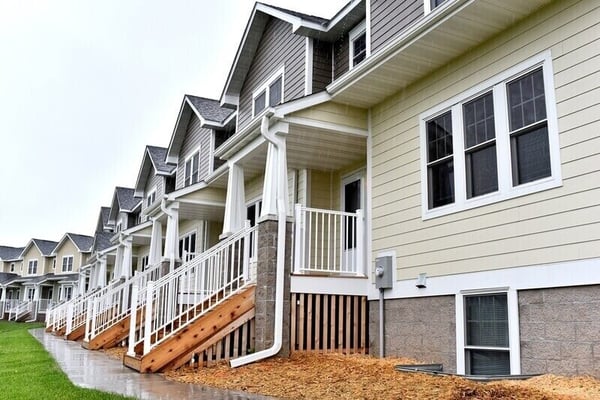
So, how can we advocate for optimizing land use? Habitat for Humanity International suggests several strategies. First, we can pressure state and local governments to reduce land and development costs for affordable housing production. Incentives like Affordable Housing Tax Credits, or governmental “development gap subsidies” can help nonprofit developers make ends meet.
We can also demand policies that incentivize or require affordable housing. Regulatory tools like inclusionary zoning can help put affordability on the agenda of private developers. Inclusionary zoning also has the potential to counteract years of exclusionary zoning, a prominent historical failure of city planners and landowners. In Hennepin County, decades of redlining and racial covenants excluded people of color and religious minorities from homeownership. These inequities prevail today, obvious in the stark wealth gap between people of color and white people. By creating policies that get at “deep affordability,” for people earning less than 50% AMI, lawmakers can begin to address these inequities.
Finally, we can advocate for strategies for long-term equity, affordability, and asset-building in land use. Measures to preserve Naturally Occurring Affordable Housing (NOAH) are on the rise, receiving funds from Minneapolis and other cities in the Metro.5 Equity-building models, such as community land trusts, allow households to buy a home for a lesser amount while ensuring land affordability for future generations. Finally, owning a home is the single most effective path to building wealth and equity. At Twin Cities Habitat, we are proud to help families achieve homeownership and begin this journey.
Interested in Advocacy?
Sign-up for Advocacy Action Alert emails. You'll receive simple actions you can take to advocate for affordable housing.
Your gift unlocks bright futures! Donate now to create, preserve, and promote affordable homeownership in the Twin Cities.

The St. Paul City Council recently voted to overhaul the city's zoning code, earning St. Paul the distinction of being one of the few cities in the...
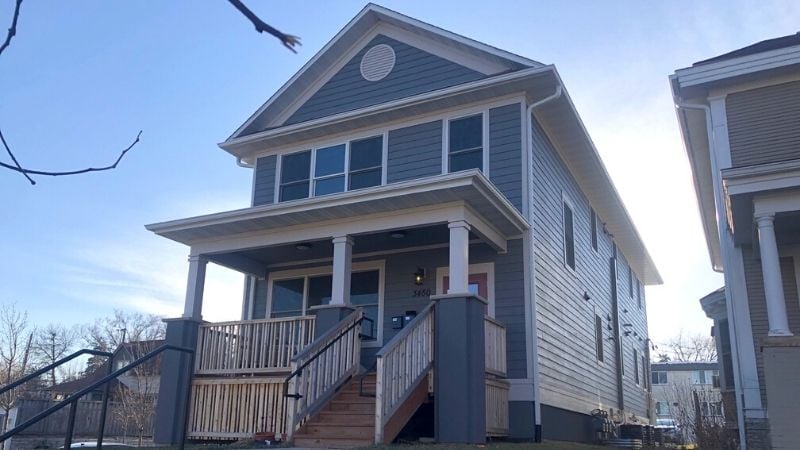
1 min read
Racial equity and anti-racism are embedded in our mission, vision, and values. We strive to learn from our national and local history of racist...
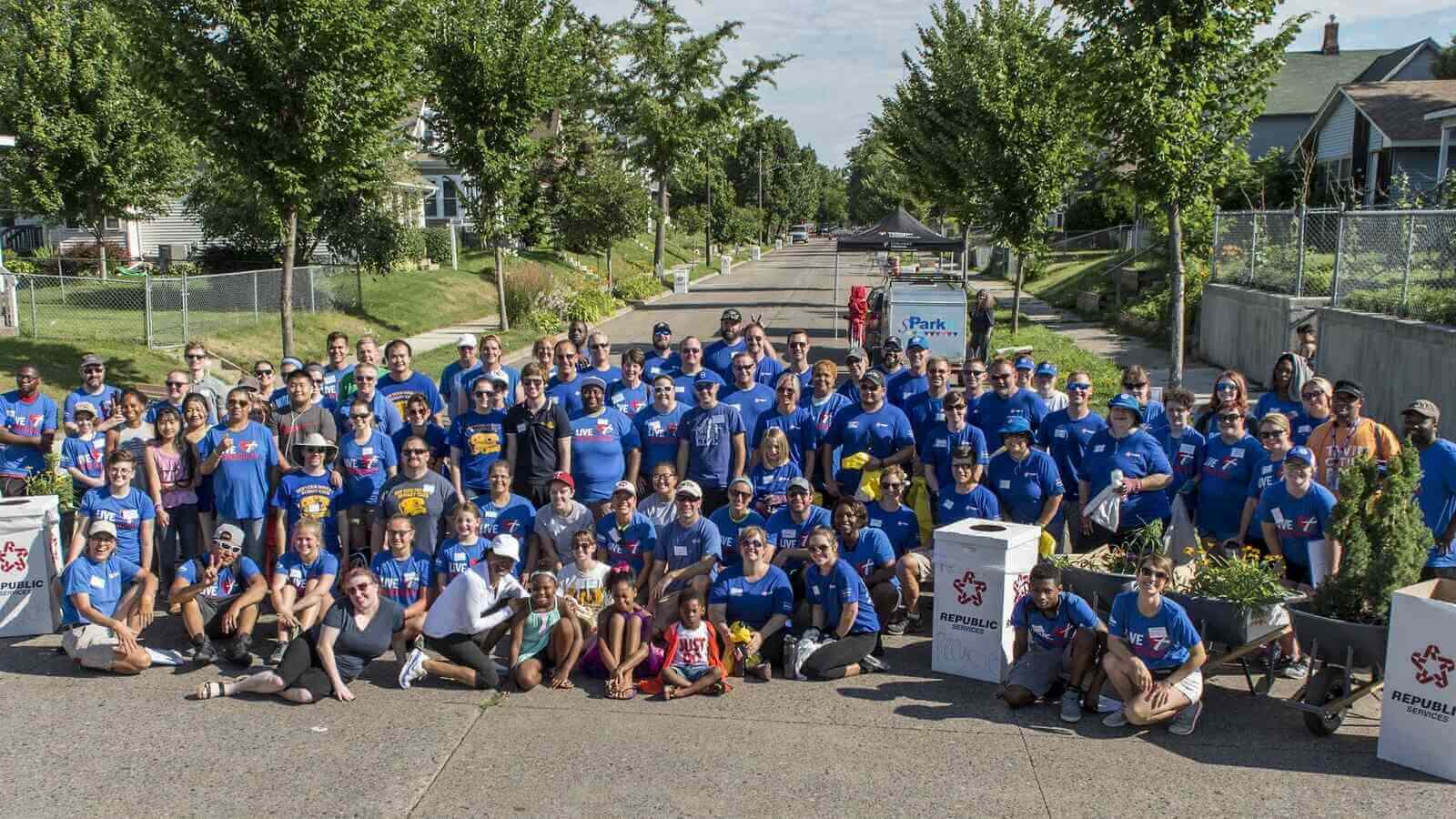
Twin Cities Habitat for Humanity supports Cost of Home, a national campaign to expand housing affordability for ten million people in the next five...